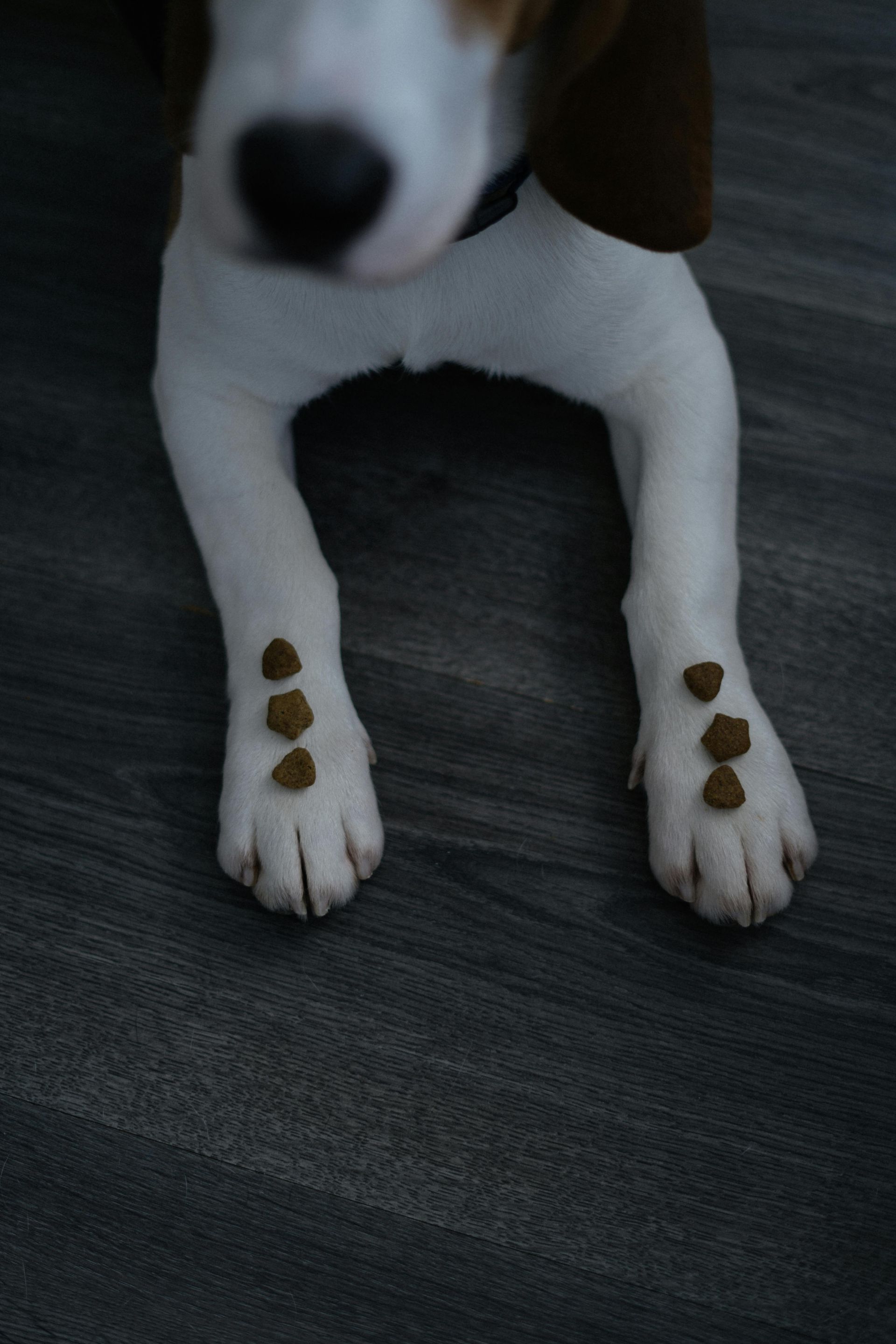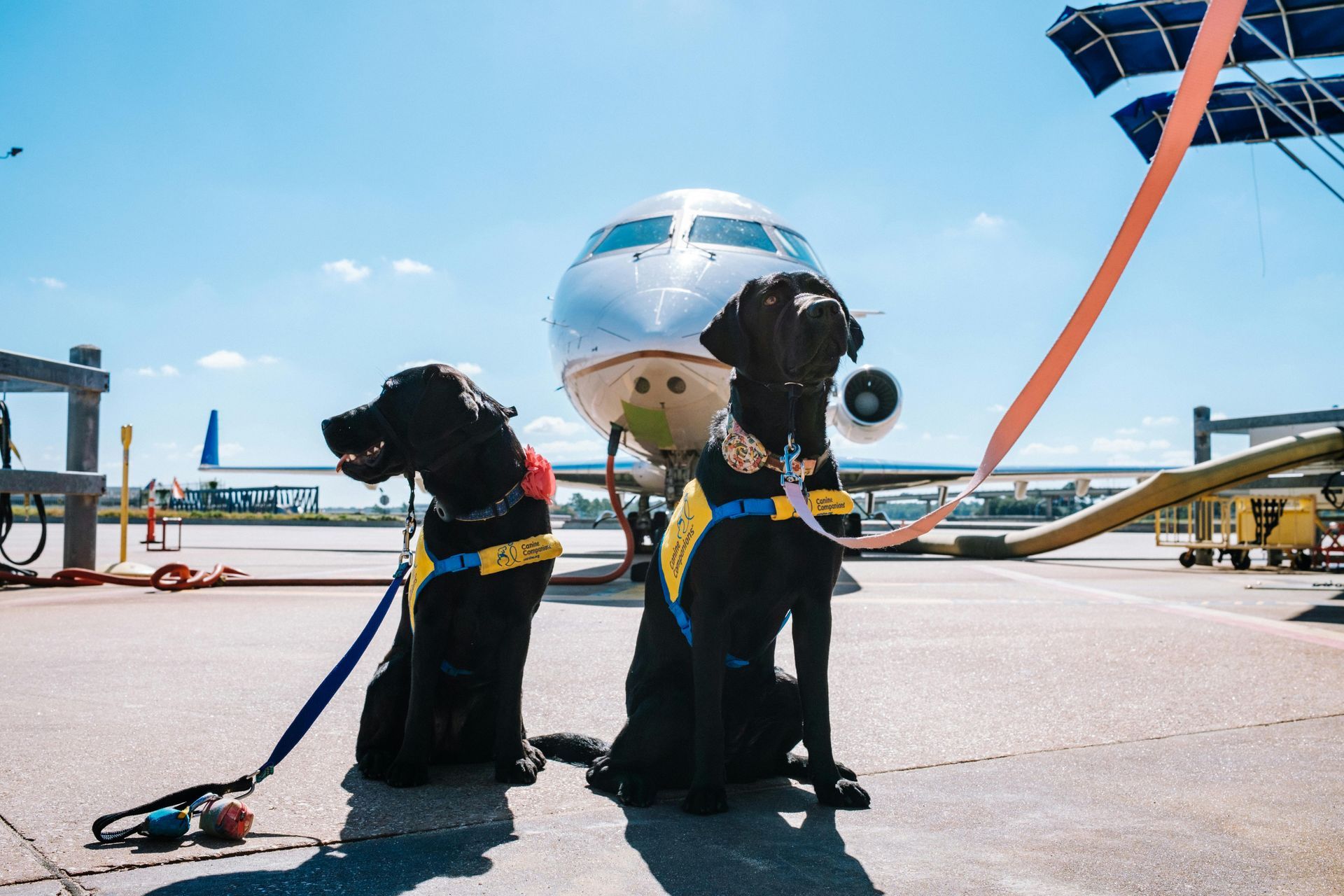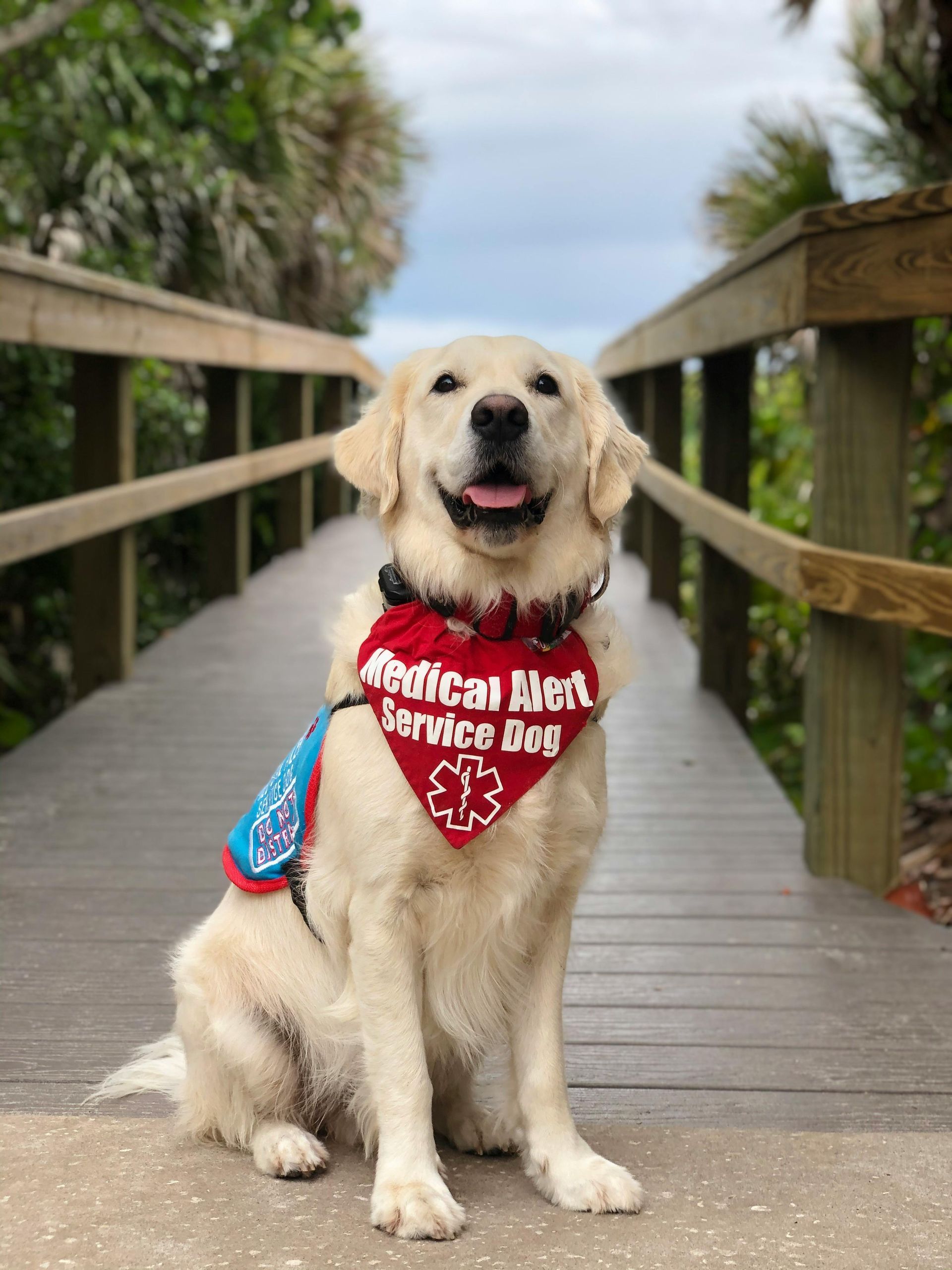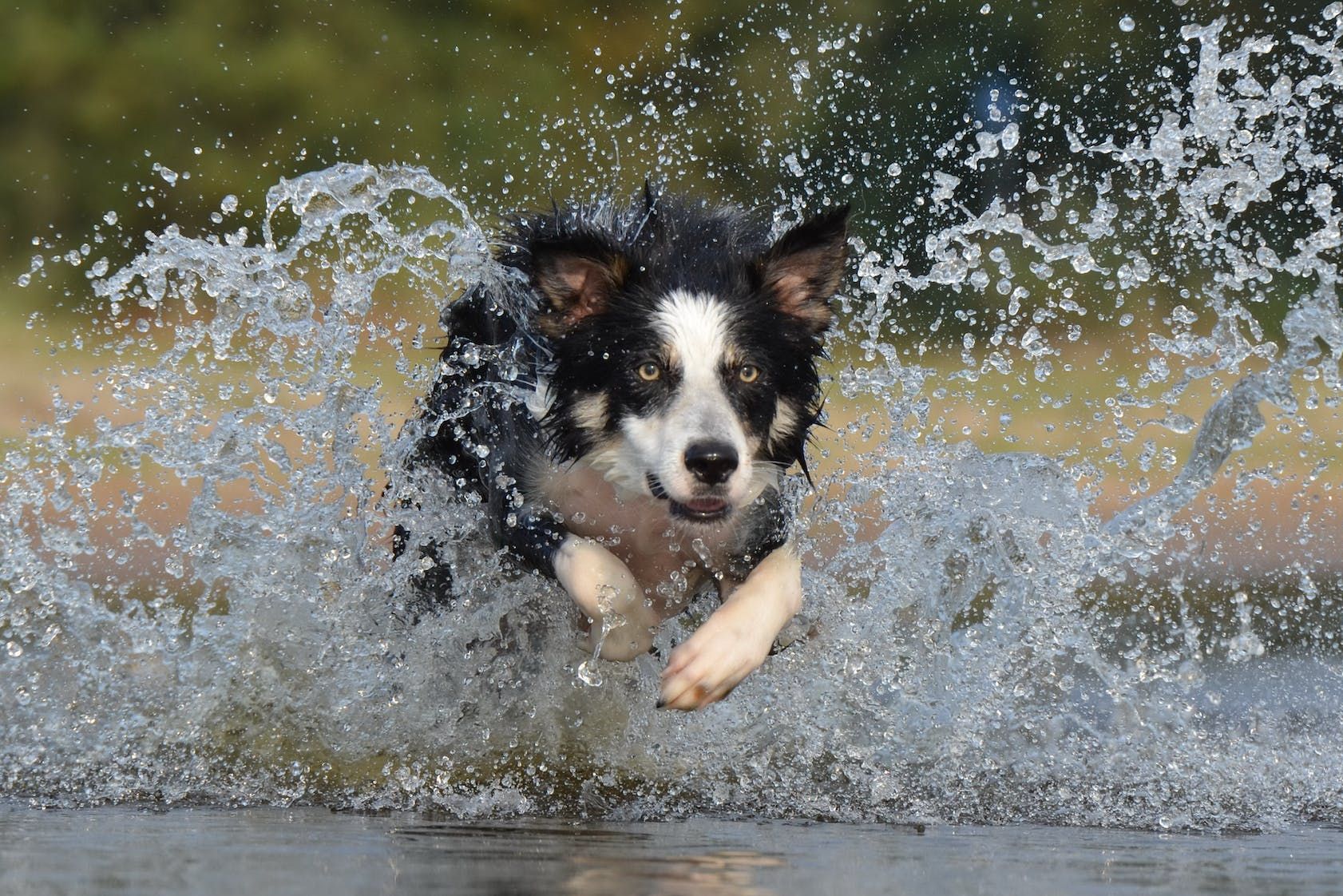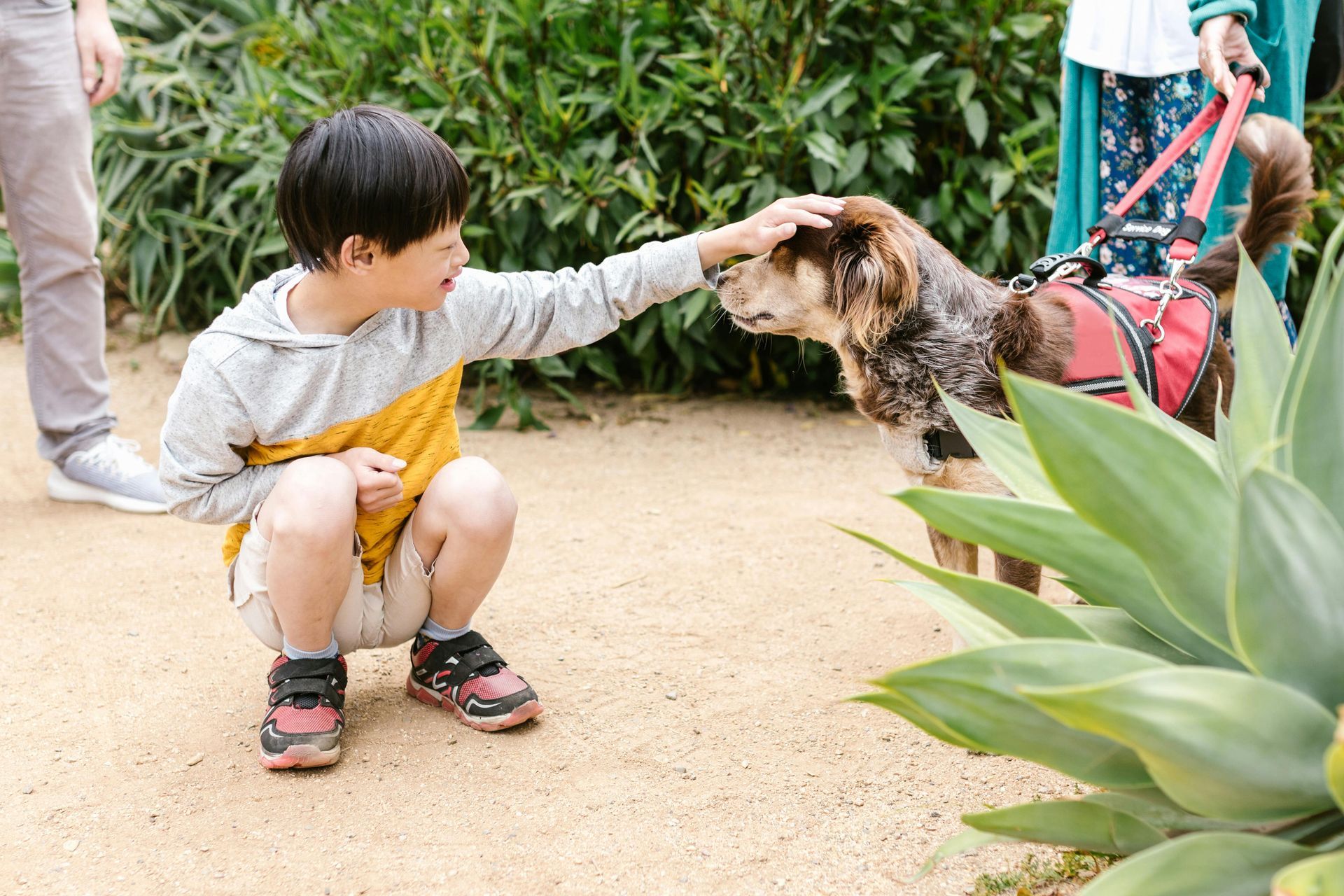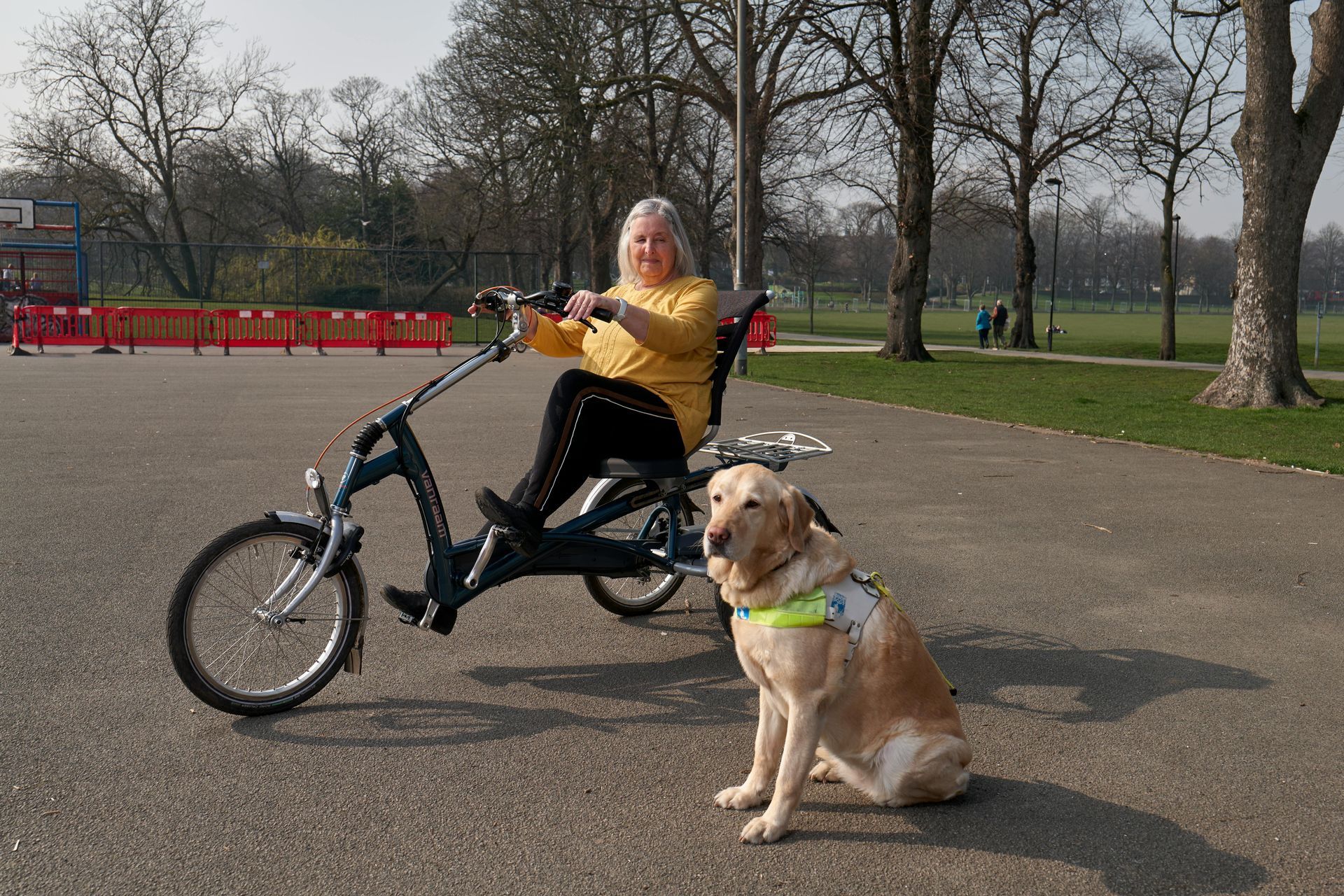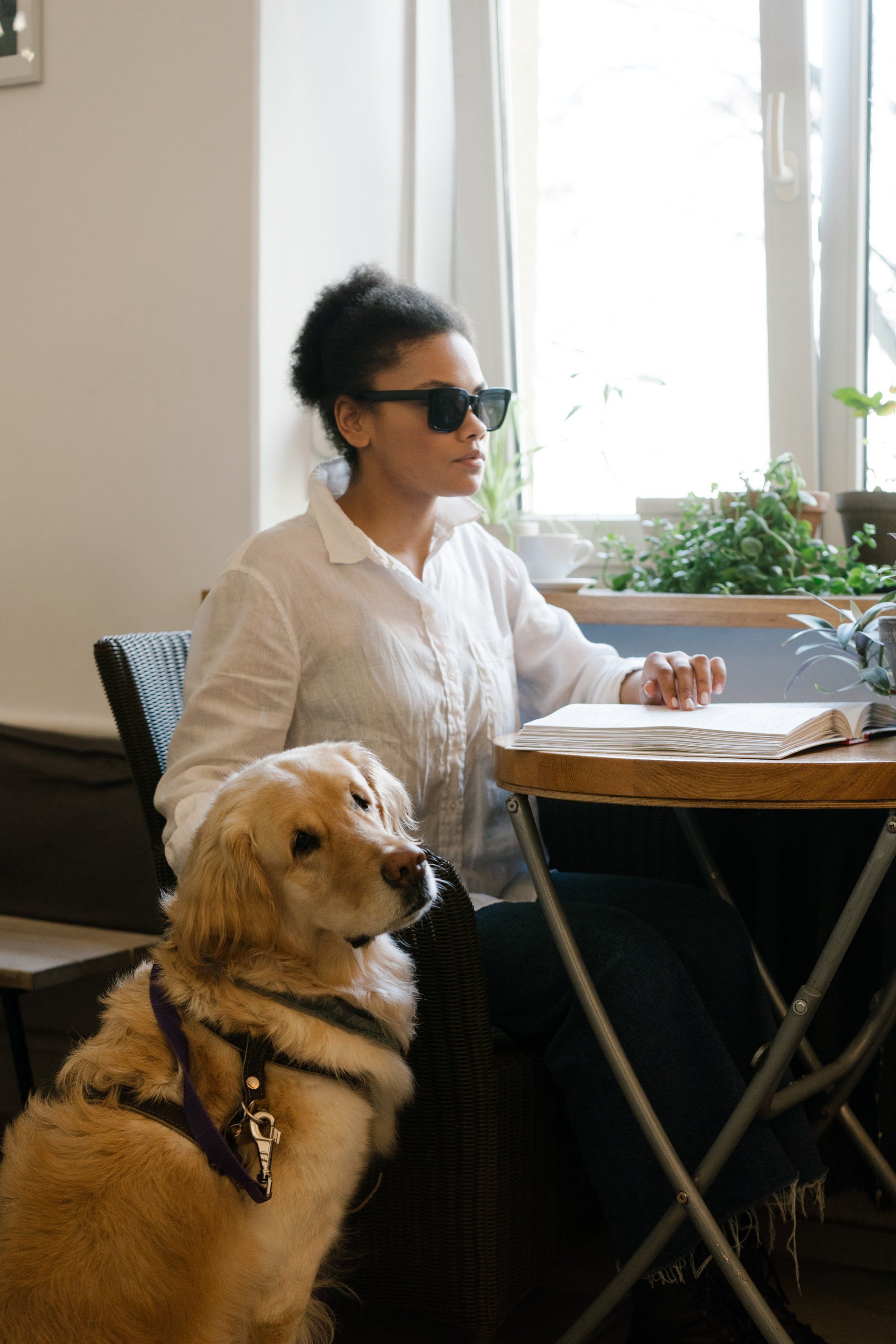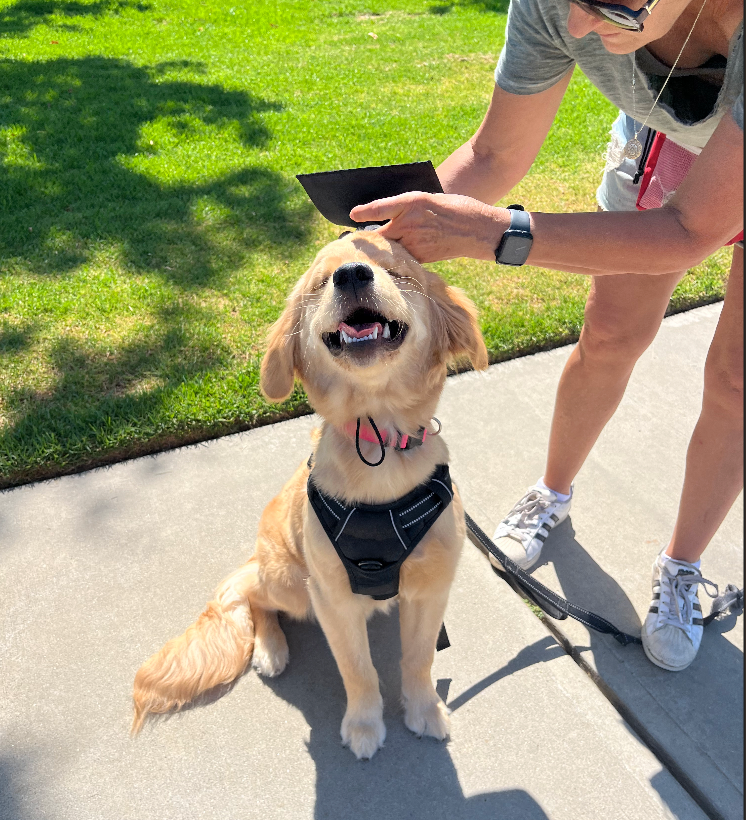Socialization 101
How to Properly Socialize Your Dog: Mastering the Three D's of Dog Training
Socializing your dog is essential for raising a well-rounded, confident companion. It helps them navigate the world around them without fear or anxiety. But socialization is often misunderstood, leading to mistakes that can set back progress. By focusing on the Three D's of Training — Distance, Duration, and Distraction — you can ensure your dog has positive experiences that build confidence and reduce anxiety. Let’s explore the 3 D’s in detail and common mistakes to avoid when socializing your dog.
The Three D's of Socialization: Distance, Duration, and Distraction
- Distance: The distance between your dog and the socializing stimulus is key. Too close, and they may become stressed or reactive. Too far, and they might not engage. Find that sweet spot where your dog can observe or interact comfortably. This allows them to learn at their own pace and build positive associations.
- Duration: Short, consistent sessions are best. Overwhelming your dog can result in setbacks. Start with 10-15 minute sessions, especially with puppies or dogs that are still building confidence, and gradually increase the length over time. Frequent, short outings can be more effective than occasional long ones.
- Distraction: Introduce distractions slowly. Start with minimal distractions like a single person or dog at a distance. Over time, as your dog grows more confident, increase the level of distraction. Too many distractions too soon can cause stress, so pace the challenges accordingly.
Top 5 Biggest Mistakes People Make When Socializing Their Dog
- Not Starting Early Enough
The best time to socialize a puppy is between 3 and 14 weeks old. Early exposure to different environments, sounds, and people can significantly shape their future behavior. Socialization doesn’t end in puppyhood — it should continue throughout their life. If you wait too long, socializing your dog becomes harder, and they may develop fears that could have been avoided. - Overwhelming Your Dog
Exposing your dog to too much too soon is a mistake many owners make. Socialization should be gradual. Rather than overwhelming your dog with chaotic settings, start small. Keep some distance and avoid environments that might stress them out. Build up their comfort level slowly, and remember: less is more. - Ignoring Their Body Language
Dogs communicate through body language. Signs of fear, anxiety, or stress—like cowering, growling, or avoiding eye contact—should never be ignored. Pay attention to your dog’s emotional state and be prepared to adjust the situation if they’re feeling uncomfortable. Respect how they feel and provide them space when necessary. - Allowing Overexcited Greetings
Letting your dog greet every person or dog they meet is a common mistake. Socialization isn’t about excitement; it’s about neutrality. Your dog should learn that meeting new people or animals isn’t a big deal. Encourage calm observation instead of rushing into interactions. If your dog seems overly excited, redirect them to calm down before any greetings. - Not Advocating for Your Dog
It’s your responsibility to be your dog’s advocate. If your dog is uncomfortable with the situation, you need to step in and remove them if necessary. Don’t let other dogs or people invade their space. Pushing your dog beyond their comfort zone can lead to negative associations and setbacks in their training.
Sample Socialization Schedule: For a 2-Month-Old Puppy and a 6-Month-Old Dog
Puppy (2 Months Old)
Puppies are learning to adapt to the world around them, so it’s crucial to expose them to different environments and situations, but in short, controlled bursts.
Day 1:
- Take a 10-minute walk in the neighborhood in your arms or a stroller.
- Activity: Calm observation of passing cars, people, and dogs from a distance.
- Distance: About 15 feet from any stimuli.
- Focus: Calmly observing and reinforcing with praise.
Day 2:
- Drive to a pet store parking lot and park near the back.
- Activity: Spend 10-15 minutes in the car watching people and other dogs from the safety of the stroller or car.
- Duration: Keep it short—no more than 10 minutes of observation.
- Distraction: Introduce people walking by, and occasionally a calm dog passing at a distance. Give them something to lick, eat, or chew while they watch.
Day 3:
- Go to a park while it is calm.
- Activity: Spend 10-15 minutes while they are in a stroller or on a large blanket to protect them from diseases. Cuddle with them or play with them while people are out in the park.
- Duration: Keep it short—no more than 10 minutes of observation.
- Distraction: Introduce people walking by, and occasionally a calm dog passing at a distance.
Older Dog (6 Months Old)
A 6-month-old dog is still in the process of figuring out their social skills, but they’re more capable of handling varied experiences. At this stage, consistency is key.
Day 1:
- Morning: Walk around the neighborhood with some distance from other dogs and people.
- Activity: Calmly observe while maintaining distance, gradually decreasing the space as your dog becomes more comfortable.
- Focus: Stay calm and encourage your dog to focus on you. Rewarding them as they see other dogs or people.
- Evening: Car ride to a dog-friendly location (like a pet store or hardware store ).
- Activity: Allow the dog to observe from the car for half of the session, and practice walking around the parking lot or by the front door for the other half.
- Duration: 10-25 minutes depending on your dog.
- Distraction: Introduce different types of people, including those with hats, bags, or umbrellas.
Day 2:
- Morning: Visit a park or public space during non-peak hours.
- Activity: Let the dog walk with you at a comfortable distance from other people and dogs.
- Distraction: Gradually introduce distractions like a dog walking past at a safe distance.
- Evening: Walk at a local outdoor shopping center or shop complex, maintaining distance.
- Activity: Allow your dog to calmly observe the world around them while you reinforce calm behavior. You can give them a chew while they observe.
Day 3:
- Morning: Play tug outside a hardware store or shopping complex.
- Activity: Let the dog play and have fun with you at a comfortable distance from other people and dogs. Teaching them that YOU are the most valuable thing around!
- Evening: Sit in your front yard or on a bench inside your complex.
- Activity: Allow your dog to calmly observe the world around them while you reinforce calm behavior. You can give them a chew while they observe!
Final Thoughts
Socializing your dog takes time, patience, and understanding. By applying the Three D's — Distance, Duration, and Distraction — and avoiding common mistakes, you’ll ensure that your dog becomes a confident and well-rounded companion. The key is consistency and gradual exposure. Each day should include positive, controlled experiences that allow your dog to build their confidence in a variety of situations. Happy socializing!
